Lucia Ghegu has explored a variety of fields, from engineering and art to industrial design, but her passion for drawing has followed her everywhere. She chose to draw out of opposition to the hyper-technological trend, as a spontaneous reaction to understand the relationship between herself and the outside world.
After a scholarship at Accademia di Romania in Rome, where she discovered both her artistic voice and inspiration, she came back to Romania and has exhibited her work in various spaces around the country, including The National Museum of Contemporary Art, Art Encounters Foundation in Timișoara, Gaep Gallery, as well as MAGMA Contemporary Art Space in Sfântu Gheorghe.
In recent years, Lucia has focused on object design. The pieces that come out of her studio follow the rules of aesthetics, but their practicality may pose questions. The objects are marked by their duality, by the coexistence of conflicting principles. One might say Lucia Ghegu is an engineer of states of mind. The technical dimension of her work amplifies the unexpected element in the art she creates.
Lucia’s work conveys a lot about belonging, alienation, community, and migration. Her personal story has left a strong impression on her artistic practice, so her artworks form a discourse about her (potential or actual) relationship with others, her family, her hometown, and more.
You often seem to create a space of emotion; you bring it to life in a way that defies logic but at the same time seems to be governed by an inherent logic. That’s why I would like to ask you: how did your engineering and industrial design studies influence the art you create?
Both art and maths are abstract. The process of coming up with an idea for an artwork or an idea for solving a mathematical problem is the same. The difference begins while working.
The result is definite in maths, so you know whether you did well or not. Art is quite subjective and arbitrary; you decide intuitively and don’t have a foolproof assessment system. That’s why I strayed from painting early on and looked for ways to make art where I could better control the outcome.
That’s how I got into installations, where I can set some ground rules. I adopted the working method from product design: I start from a need and work sequentially, developing different possibilities and scenarios.
What do you mean by “need”?
Sometimes, I start from a feeling (of loneliness or yearning, for example) that translates into a need for which I try to create an object that provides a “solution” or gives the person interacting with the work the same feeling I started from.
The tragedy of certain animal species becoming extinct and the triviality through which we view this phenomenon are intertwined in a surprising way in the project “and I, will I forget?”. The works were recently exhibited at Dimitrie Leonida Technical Museum. Can you tell me more about your choice to combine the trivial marks with the anxiety about species extinction?
I know I watched a reel on Instagram about the extinction of the Tasmanian devil. It somehow resonated with me, and I started drawing traps and cages. I was haunted by the idea of captivity and extinction with no way back for a species on Earth. I chose to overlay the silhouettes of extinct species over technical drawings precisely because animals have suffered from the evolution of technology.
To answer your question, the trivial (or rather, the semblance of trivial) is in my doodles: silhouettes of people, caricature portraits, bunnies. But each one holds a different meaning.
Instead, the tragedy of the extinction of species, I believe, is translated specifically by the outline of the drawings, which resemble the chalk delineation of a victim in a crime scene. Of course, everything is put through the filter of a detached observer. So, the tragic and the trivial intertwine quite tightly.
How has the place you grew up in influenced you, and how is this reflected in the “Solar” and “Save the seeds” projects?
“Solar” is based on the life in a shrinking city. My childhood memories are of the pipe factory where my parents worked and the Danube. As a teenager, I felt the frustration of being in a city that feels like the edge of the world (Zimnicea is the southernmost point in Romania), where you have no access to any form of culture. That’s how “Solar” was born, as a one-day exhibition, an intervention in my grandmother’s greenhouse.
The pieces dealt with a rather sensitive theme. They were collages of my parents’ portraits, created from memory. Like most people of their generation from Zimnicea, my parents emigrated to Spain when the factories closed. The work is about life in a small town where the only option is to leave.
“Save the seeds” also stems from a personal story and from “Solar,” but in a more optimistic approach. In this case, I tried to find hybrid forms of greenhouses as solutions to protect nature in the future. It’s a return to nature but also an architectural fiction.
How was your time in Rome on a personal level, and how did you feel about it on an artistic level?
I had a project aiming at an artistic-anthropological study of the Romanian community in Rome and migration in the post-communist period. For “In between repetition and variation,” I chose to depict the community through wire silhouettes. There were 120 of them, made to the same proportions. But somehow, no two came out the same. When you entered the gallery, you couldn’t really make out what was going on there. It wasn’t until you got closer that you could make out the characters. And you could identify with one silhouette or another.
Migration comes with all kinds of stories, some sad, others not so sad, but they all revolve around the idea of yearning. As an immigrant, you end up with all sorts of illusions when you leave home, but they often crumble when you face the reality of Rome. That’s how I started making “Self-made traps.”
The project didn’t really start out of nowhere because, for some time, I had been designing all sorts of traps or cages, thinking about the animal species lost to poaching or hunting. Somehow, I felt that, for the diaspora in Rome, the environment in which each person finds themselves is also some kind of trap. The gap that emerges between expectations and reality is the material from which any individual can build their own cage.
I personally felt like I was in La grande belleza, including the overwhelming loneliness and beauty of Rome and life. I needed time to figure out exactly which direction I wanted my work to take, and in Rome, I was able to outline a simpler aesthetic and move more toward conceptual art.
How was the experience at Art Encounters, “My Rhino is not a myth,” in terms of collaborating with Sebastian Moldovan and Albert Kaan?
The collaboration started from Sebastian’s initiative, as he already had a project for the biennial. He identified common themes for all three. Albert has a gallery called “Solar,” which he opened during the pandemic. Then, his characters resemble the silhouettes I created for the Rome exhibition. In Timișoara, I also created some ghostly silhouettes made of holographic paper together with Albert.
In some way, all these connections between each other’s art allowed us to create this collective work. Each of us also had individual interventions, but what I liked most was that we worked as a whole. The visitors walked into a world that presented itself as a whole, all thanks to these affinities.
At the end of July, you had a project, “On the same line,” which started from a gesture you made during the pandemic in Rome: you launched a kite that reached the windows of other students in the dormitory, as you mentioned in an interview for Radio România Cultural. The kites you created this time appear to be celebrating the possibility of welcoming others in a post-pandemic world. Why did you choose to illustrate them specifically with silhouettes from “Postcards (I never sent),” which seem to fail in the search for a tangible connection?
When you launch a kite, you don’t know for sure whether it will fly or not. It’s a gesture of getting close to each other in a poetic, playful way, but you can’t entirely predict the reaction, so the story of failed pursuits and connections seemed appropriate.
I think that both sending postcards and launching kites have something in common: the emotion that accompanies the gesture, but also the fact that, once the act is carried out, the objects have a life of their own, transcending the personal sphere, becoming “public” and ultimately intimate. Of course, the postcards I never sent, but the kites I donated to the public.
The idea of unpredictability and giving space to others interested me in this project, in which the story can take on new meanings, new beginnings, new encounters with each kite release or postcard sending.
POSTED BY
Irina Gabriela Rus
Irina-Gabriela Rus (b. 1989) lives in Bucharest and is a copywriter in an advertising agency in Timișoara. He graduated with a master's degree in Image Theory and Practice from CESI (Center for Excel...
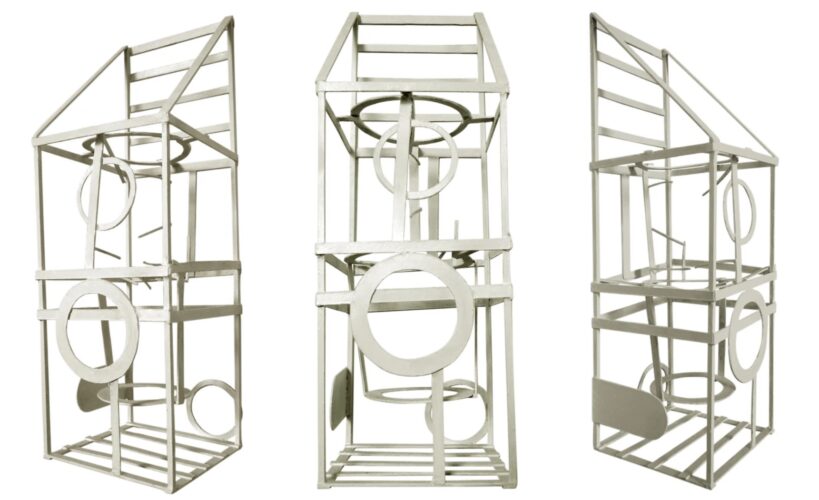
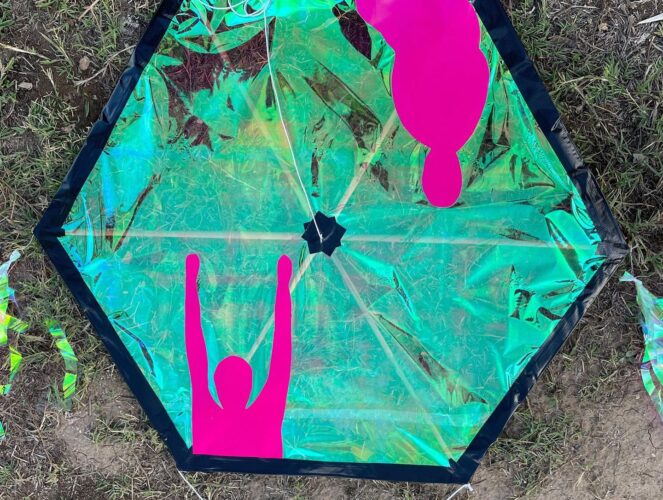
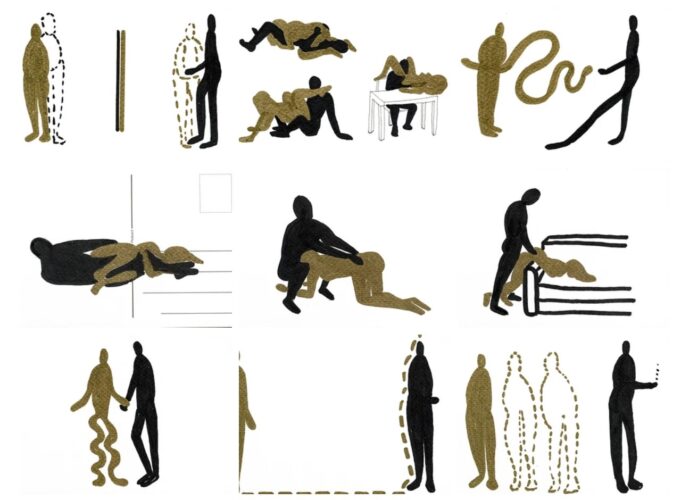
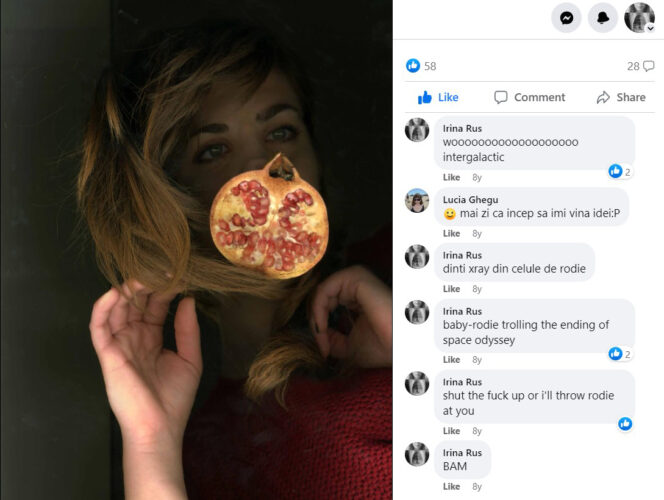
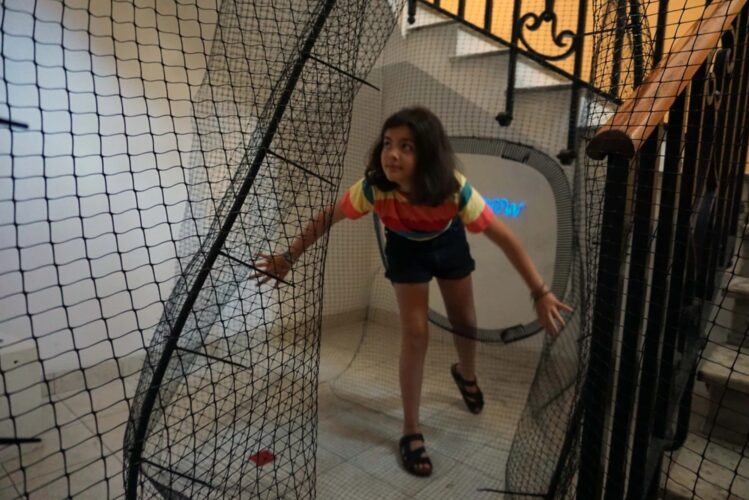

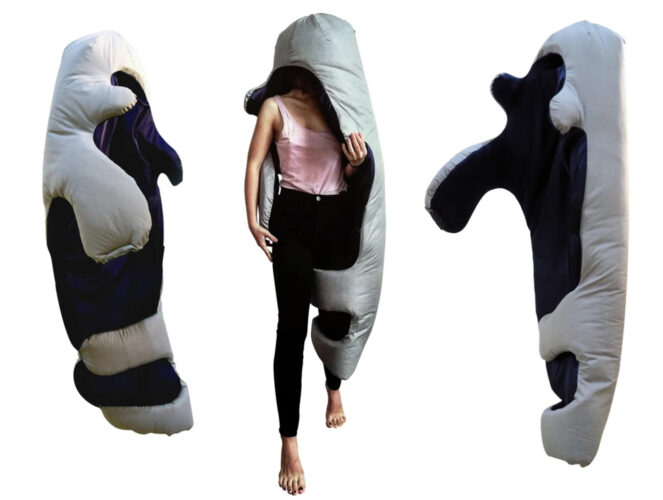
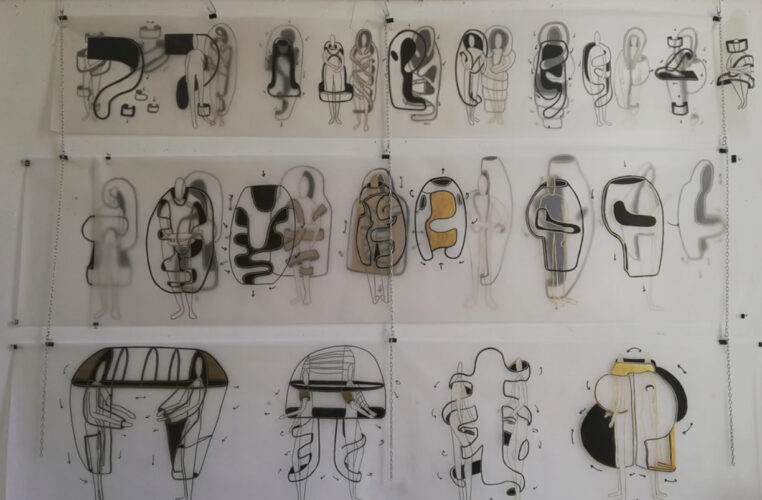
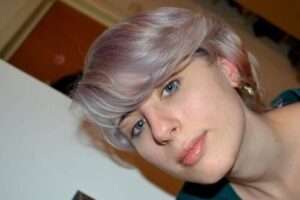
Comments are closed here.